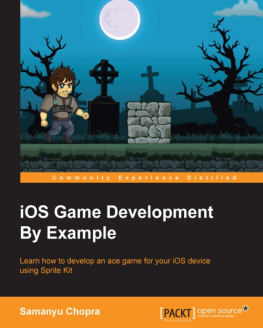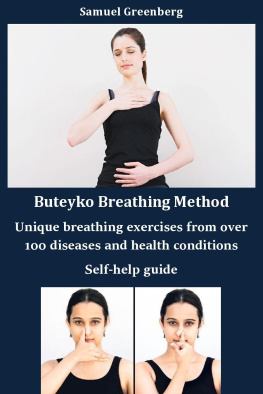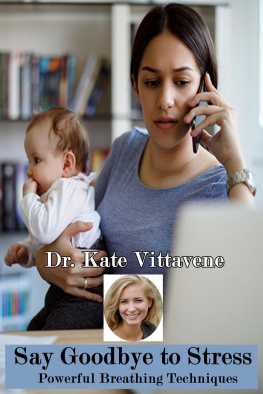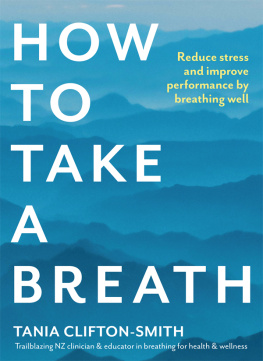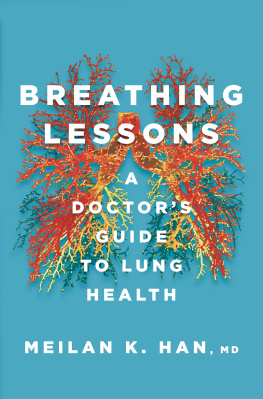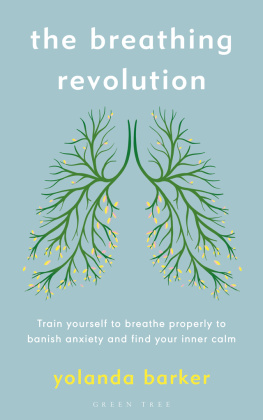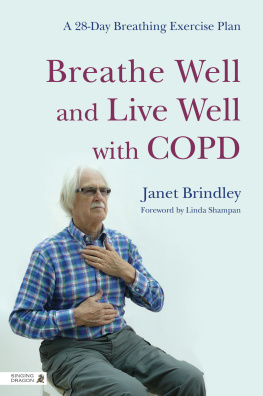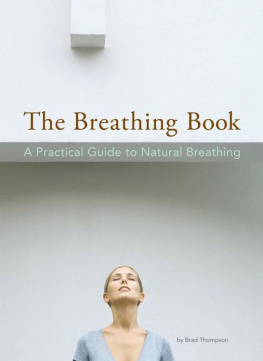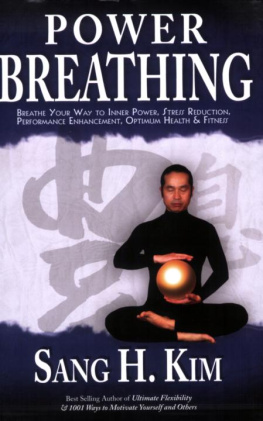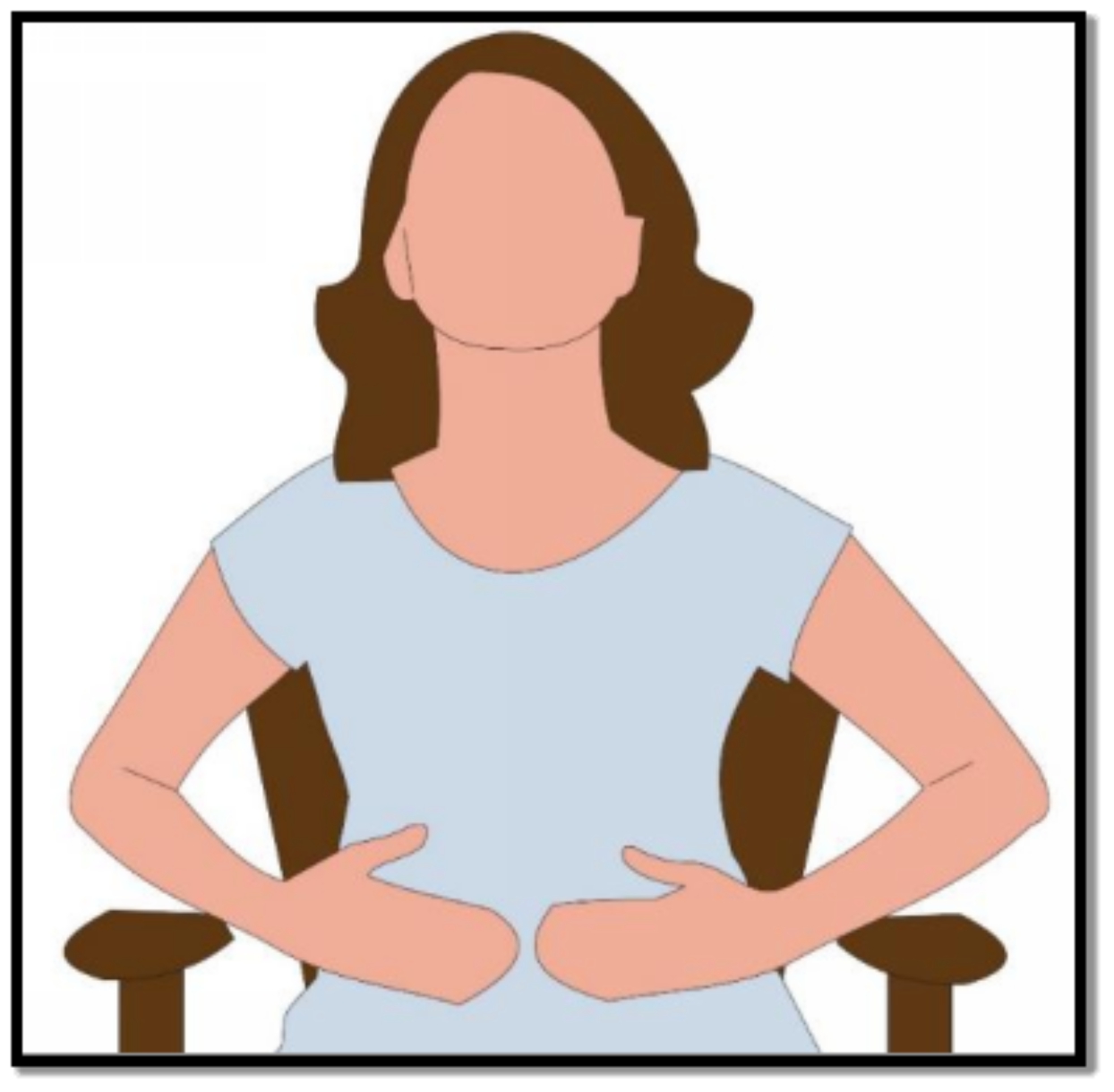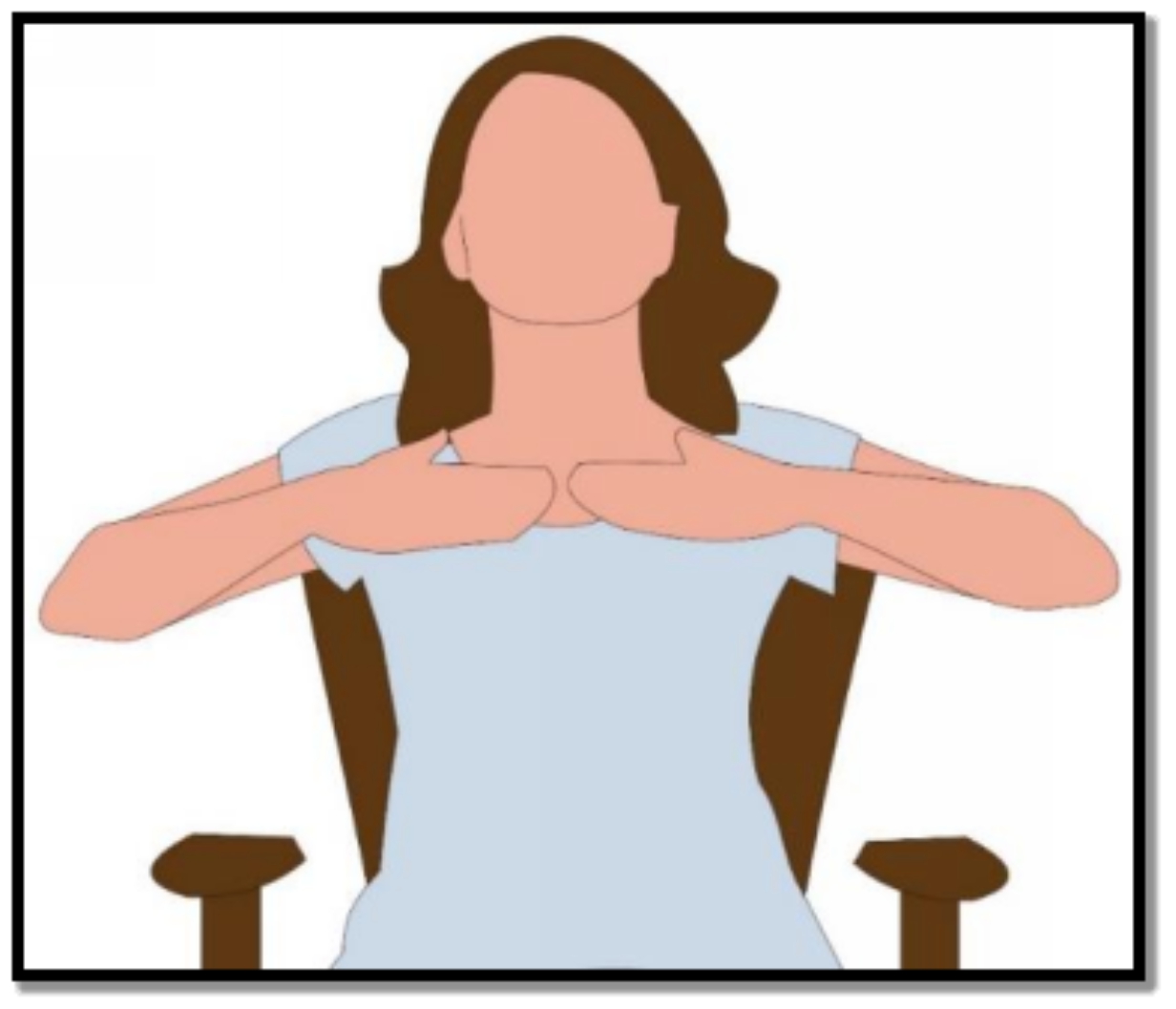Fitness Sutra
DEEP BREATHING EXERCISES FOR HEALTHY LUNGS
Effective Exercises to Fight Respiratory Ailments
Dr. Monika Chopra
www.fitness-sutra.com
Dr. Monika Chopra, 2020
Published by FitSutra Wellness Pvt Ltd, 33, Prachi Residency, Baner Rd., Pune-411045, India
No part of this book may be reproduced, transmitted, or utilized in any form or by any means, electronic or mechanical including photocopying or recording or by any information storage and retrieval system, without written permission from the author.
Although I am a Physiotherapist (PT, for those of you in the USA) and a trained Yoga teacher, my suggestions through this book do not establish a doctor-patient relationship between us. This book is not intended to be a substitute for the medical advice of physicians. You should regularly consult a physician in matters relating to your health particularly with respect to any symptoms that may require diagnosis or medical attention. I advise you to take full responsibility of your safety and be aware of your physical limits. Before practising the exercises described in this book, be sure that your equipment is well maintained. Do not take risks beyond your level of flexibility, aptitude, strength, and comfort level.
This is a work of nonfiction. No names have been changed, no characters invented and no events fabricated. The information provided within this Book is for general informational purposes only. While I have tried to keep the information up-to-date and correct, there are no representations or warranties, expressed or implied, about the completeness, accuracy, reliability, suitability or availability with respect to the information, products, services, or related graphics contained in this book for any purpose. Any use of this information is at the reader's own responsibility. I do not assume and hereby disclaim any liability to any party for any loss, damage, or disruption caused by errors or omissions, whether such errors or omissions result from negligence, accident, or any other cause.
Contents
If you do nothing else than to learn to breathe well, it will dramatically improve the quality of your life.
- Taoist Lineage Master Bruce Frantzis
The Chi Revolution
CHAPTER 1
Introduction
Lungs are the primary organ of the human respiratory system. They extract oxygen from the inhaled air, push it into the bloodstream, and release carbon dioxide from bloodstream into the exhaled air. Divided into two parts (right & left lung), the lungs have multiple branching airways (measuring up to 2,400 KM or 1,500 miles) and 300 to 500 million gas exchange points called alveoli.
The lungs can be affected by a number of respiratory ailments that maybe caused due to exposure to harmful substances, cancers, bacterium or viruses. Deep breathing exercises help in expanding the lung capacity, cleaning the lungs (through improved flow of air), and strengthening the muscles that activate and regulate the respiratory system.
Additionally, when viruses like novel coronavirus attack the body, the bodys immune system gets activated to fight it off. Debris are created from immune response, which if not effectively and efficiently cleared, may cause congestion and fibrosis in the lung tissue. The clearing away of debris from body occurs primarily through our lymphatic system. Deep breathing exercises and movements during exercise are the two main factors responsible for effective functioning of lymphatic system. The inhalation and exhalation creates pressure differentials needed in the lungs for efficient lymphatic drainage and clearance of respiratory debris .
The deep breathing exercises also increase oxygen content in the body thus preventing shortness of breath.
The clavicle, rib and abdominal components of breathing need to be activated for effective and complete breathing. Neck, arm, spine, pelvic and leg movements aid in the deep breathing process.
What to Expect From This Book
In this short book you will understand what is Breath Awareness and what are the three primary breathing patterns, i.e. clavicular, thoracic and abdominal breathing. You will learn how to practice the above three breathing patterns efficiently & effectively. You will also learn how you can combine body movements with breathing, making inhalation and exhalation more effective as you stretch and relax the tight and tensed muscles.
When the breath is unsteady, all is unsteady; when the breath is still; all is still. Control the breath carefully.
Inhalation gives strength and a controlled body; retention gives steadiness of mind and longevity; exhalation purifies body and spirit.
- Goraksasathakam
CHAPTER 2
Breath Awareness
Know your Breath / Breath Awareness
Breath awareness is carefully focusing on each stage of breathing as you breathe slowly and gently. It is one of the easiest ways of improving your lung functioning and thus physical and mental health.
Steps of breath awareness:
- Observe your breath : Sit relaxed in your chair giving enough space for your abdomen to move in and out. Close your eyes and start observing your breath. Feel the cool air moving in through the nostrils as you inhale and warm air coming out as you exhale. Let the thoughts come and go. Focus only on your breath flowing through your body. Be one with yourself.
- Practice sectional breathing :
- Abdominal (Diaphragmatic) breathing
- Place your hands on your abdominal region.
- Inhale deeply & slowly. Your abdomen bulges out with inhalation. Hold your breath for few seconds.
- Exhale slowly and completely. Your abdomen is drawn inwards continuously and slowly with exhalation.
- Before inhaling again, hold your breath.
- Repeat this breath cycle 9 times.
There should be no jerks in the whole process. The breathing should be slow, continuous and relaxed.
- Thoracic (Intercostal) breathing
- Place your hands on the ribs with the tips of the middle finger touching each other.
- Inhale deeply and slowly. While inhaling you should feel the chest cage expanding outwards and upwards. The middle finger tips should move apart a little with inhalation.
- Exhale slowly and completely. While exhaling relax the chest wall and return to the starting position, with the chest cage moving backwards, inwards & downwards.
- Repeat this breathing cycle 9 times. There should be no jerks in the whole process. The breathing should be slow, continuous and relaxed.
- Clavicular breathing
- Place your hands on the clavicular region (collar bone).
- Inhale deeply and slowly. While inhaling you should feel your collar bones rising upwards and ahead.
- Exhale slowly and completely. While exhaling you should feel your collar bones and shoulders dropping down to the start position.
- Repeat this breathing cycle 9 times. There should be no jerks in the whole process. The breathing should be slow, continuous and relaxed.







